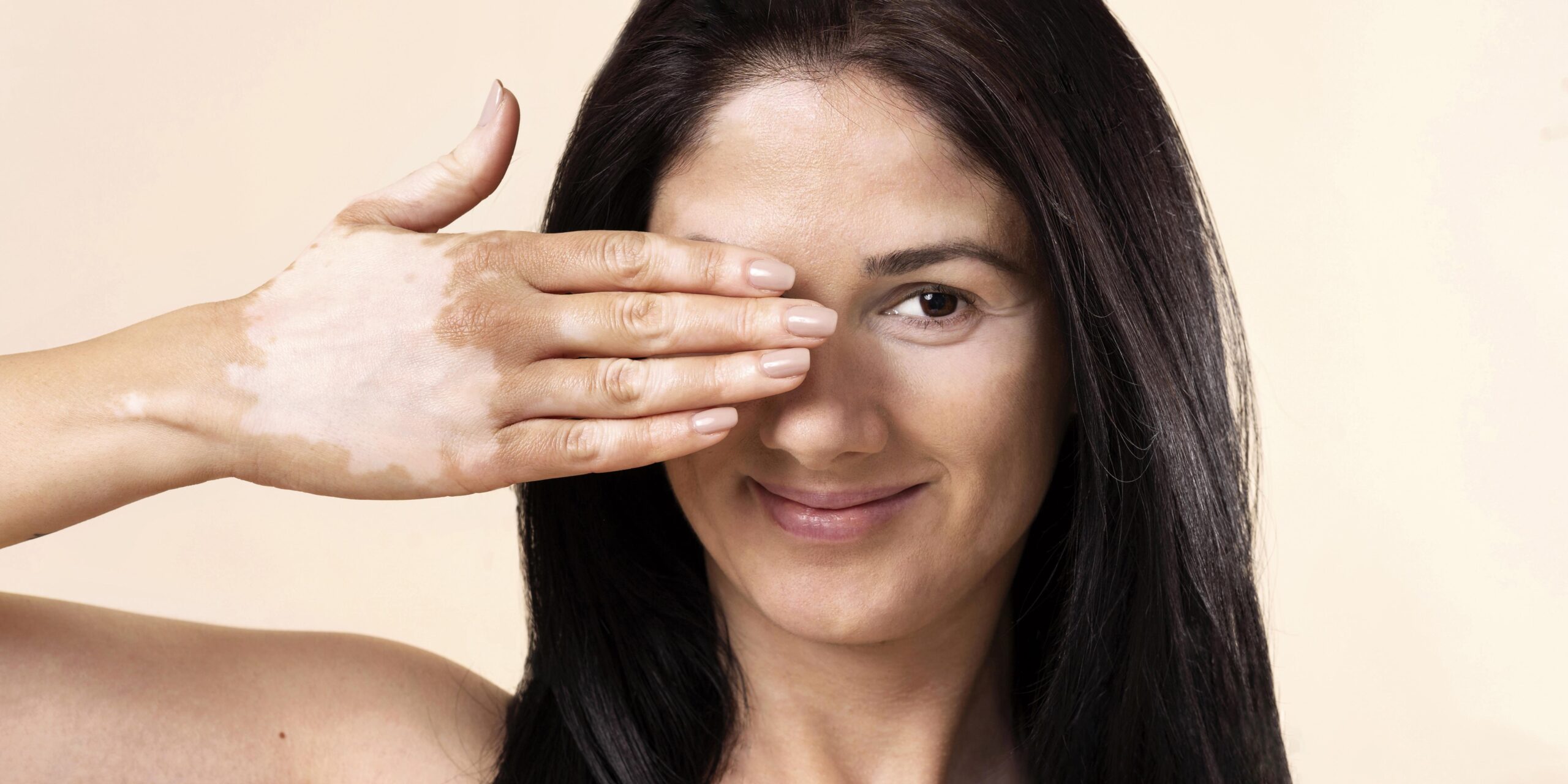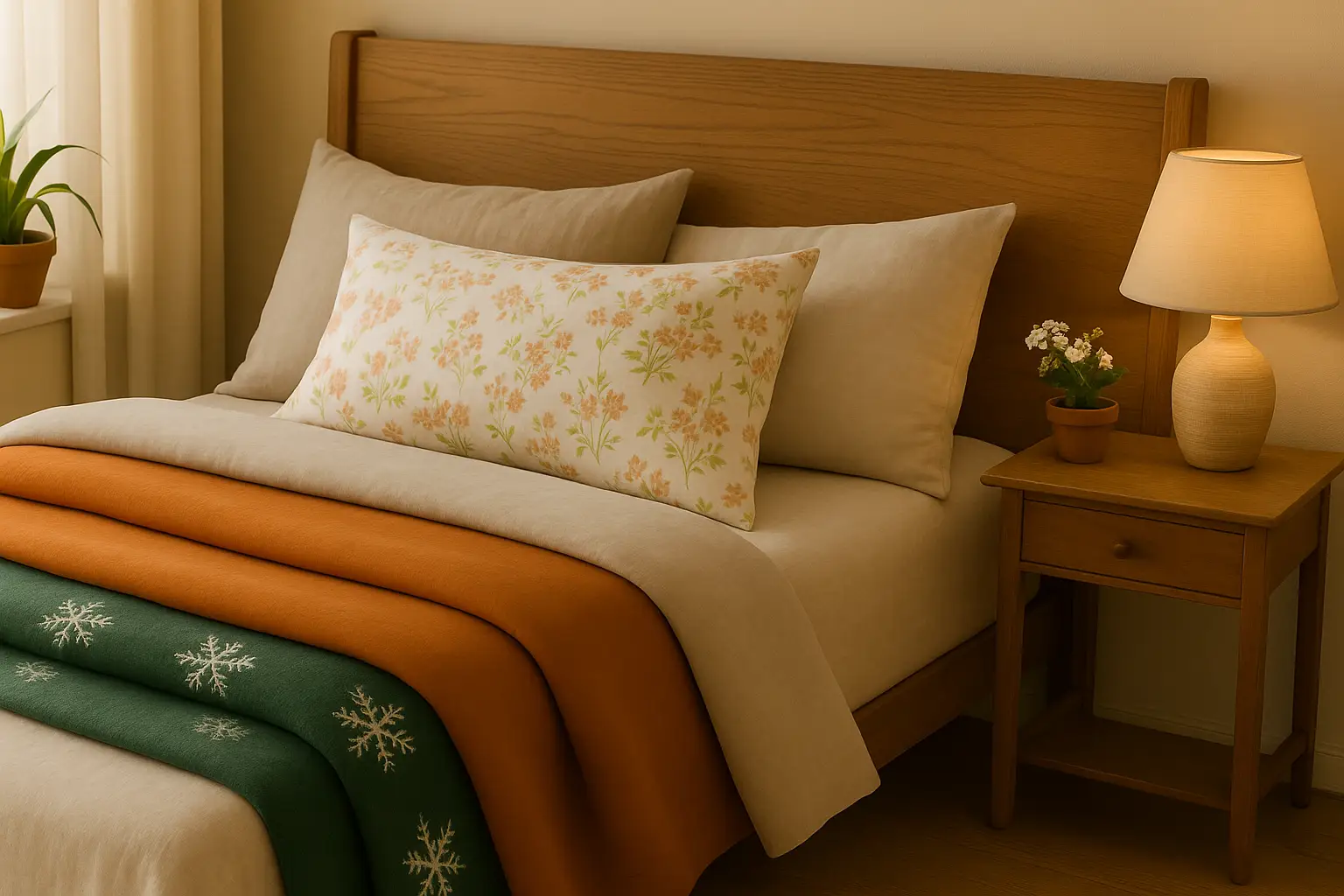

Discover how to select the best bedsheets for every season—expert tips for comfort, sleep quality, and year-round bedding bliss.
Your bedsheets are more than just bedroom decor—they’re a critical factor in sleep quality, skin health, and daily comfort. As temperatures shift, so should your bedding strategy. This comprehensive guide reveals how to choose the perfect bed sheets for every season using thermoregulating fabrics, smart weaving techniques, and season-specific strategies backed by sleep science. Transform your sleep experience while extending the lifespan of your bedding with these expert insights.
Your body temperature fluctuates with seasonal changes, directly impacting sleep cycles. Summer heat demands breathability to prevent night sweats, while winter chill requires insulation without overheating. Research shows temperature-regulated sleep environments improve sleep efficiency by 30% and reduce nighttime awakenings. Seasonal bedding adjustments also prevent fabric degradation caused by climate stress, extending sheet lifespan by 2-3 years.
Spring’s unpredictable temperatures require adaptable fabrics. Cotton percale (200-300 thread count) balances crispness and breathability during fluctuating nights. For allergy sufferers, bamboo sheets resist dust mites and pollen. Pro Tip: Layer with a lightweight quilt for easy adjustment during temperature swings. Opt for nature-inspired patterns like botanical prints or sky-blue tones to complement spring’s renewal.
High humidity demands quick-drying fabrics with mold resistance:
As temperatures dip, transition to cotton sateen (300-400 TC) for lightweight warmth. Brushed cotton offers coziness without winter-weight bulk. Earth tones (terracotta, ochre) create autumnal warmth visually and psychologically.
Expert Strategy: Rotate pillowcases seasonally—cool percale for warmer autumn nights, warmer sateen for cooler evenings.
| Season | Ideal Thread Count | Recommended Weave |
|---|---|---|
| Summer | 200-400 | Percale |
| Winter | 300-600 | Sateen/Flannel |
| Transition | 300-500 | Oxford |
| Myth Busting: >800 TC reduces breathability and increases pilling. Prioritize fiber quality over thread count. |
| Fabric | Washing Temp | Drying Method | Storage |
|---|---|---|---|
| Cotton | Cold/Warm | Tumble low | Rolled |
| Linen | Cold | Air dry | Folded flat |
| Flannel | Warm | Tumble low | Vacuum-sealed |
| Preservation Tip: Store off-season sheets with lavender sachets to deter pests. |
Combine fabrics for personalized microclimates:
Mastering seasonal bedding transforms sleep from functional to exceptional. Summer demands cooling linen or percale; winter requires heat-trapping flannel; spring/autumn thrive with adaptable cotton sateen. Year-round heroes like premium cotton and Tencel™ offer versatility across climates. By aligning fabric properties with seasonal needs—and incorporating climate, skin sensitivity, and sustainability—you create a sleep sanctuary that evolves with nature’s rhythms. Start with two core seasonal sets, then expand using our climate-specific guidelines for perfect comfort 365 nights a year.
1. Can I use the same sheets year-round in mild climates?
Yes! Opt for 300-400 TC cotton percale or linen—their natural thermoregulation handles minor fluctuations. Add/remove lightweight blankets as needed.
2. What’s the best cooling sheet for hot flashes?
Bamboo sheets reduce skin temperature by 3°C. Pair with moisture-wicking linen pillowcases for maximum relief during night sweats.
3. How do I prevent static in winter sheets?
Use humidifiers (40-60% RH), add ½ cup white vinegar to rinse cycle, and avoid over-drying. Tencel™ sheets naturally resist static buildup.
4. Are bamboo sheets warm enough for winter?
Yes—their moisture-wicking prevents clamminess under blankets. For extreme cold, layer over flannel fitted sheets while keeping bamboo topsheets.
5. What’s the most durable seasonal rotation?
Summer: Linen → Autumn: Cotton sateen → Winter: Flannel → Spring: Percale. This progression minimizes wear while optimizing comfort.
100% Original product that covered warranty by the vendor.
You have the right to return your orders within 15 days.
Your orders are shipped seamlessly between Canada & USA
Your payments are secure with our private security network.

1 thought on “How to Select the Best Bedsheets for Every Season”
“Thanks for this handy seasonal guide! I especially liked the advice on choosing quick-dry fabrics for humid weather and cozy textures for winter. A perfect reminder that the right bedsheets make a big difference in comfort all year round.”